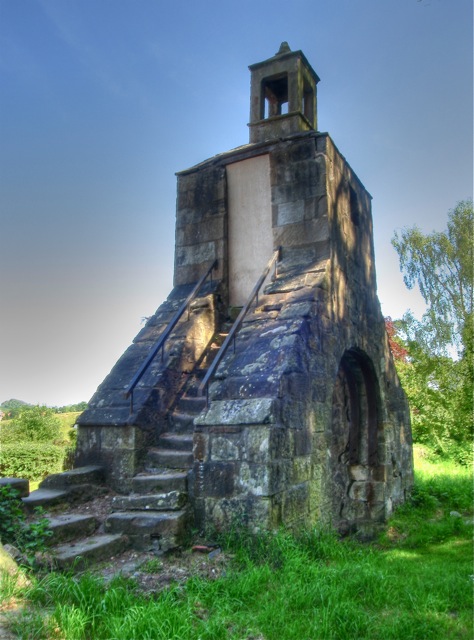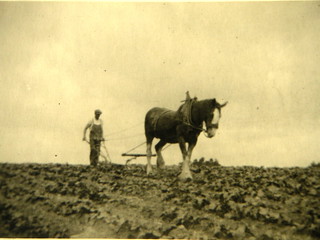 |
| James Anderson - Crown copyright NRS SC5/8/434 |
An Amazing Discovery
We have found what may be one of our best discoveries ever! As evidence in an affiliation and aliment case (paternity case) there is an ambrotype (an early type of photograph) of the accused man dated pre-1860. It was bundled up in a box of court records.The man pictured here is James Anderson, a wood carter who was living at Arbeadie Cottage, Banchory Ternan, Kincardineshire. (Click here to see the entry in our index - NRS, SC5/8/434). To make sure no damage comes to this amazing item the conservation branch at the National Records of Scotland have removed it from the bundle and work will now be undertaken to preserve this piece of history.
 |
| Example from another case NRS Ref: SC62/10/390 |
Court Records
For longer than we might expect, women have been taking the fathers of their children to court to compel them to pay maintenance for their children. In Victorian Scotland these cases were most often heard in the Sheriff Court. The most common type of case is ‘Affiliation and Aliment’, that is a case that proves ‘affiliation’ or paternity and decreed how much ‘aliment’ or maintenance should be paid by the father. If your ancestor was illegitimate their mother may well have taken the father to court.Decree
At the end of most cases a decree would be made, this was legally binding. You could pay for an extract of the decree so that you could keep a copy. There were various reasons people might want an extract of a case but they were not always made.From the 1830s most Scottish Sheriff Courts kept a volume of extracted decrees. So let’s say someone went to the court and asked for an extract, they would be given one and the court would write the extract into a book. We are indexing these books. See our coverage page here.
Processes
As well as the volumes of decrees the court would also keep the process, or paperwork, related to the case. These include witness statements and can include love letters. This week we found a case that included this ambrotype!Birth Certificate
From 1855 all ‘affiliation’ cases which reached decree resulted in a correction being made to the register of births. This means that you usually know which court to start your search in. This particular case was settled, so it did not reach decree. This means that there is no note on the birth certificate naming the father of the child.Indexing
With the help of a volunteer we are indexing the volumes of extracted decrees. Although these do not contain all cases, they do contain many of them. When a client orders a pre-1860 decree we let them know how many boxes we need to search to find the court process, or the more detailed paperwork. We charge £30 to search three boxes. As we search for the client’s case, we also note all other ‘paternity’ cases in the box and add them our index. If you would like us to search some records for you please get in touch.This is what we were doing last Tuesday when we found the case that contained the ambrotype. The case can be seen here in our index. If you would like us to make a search for you just email me.
















